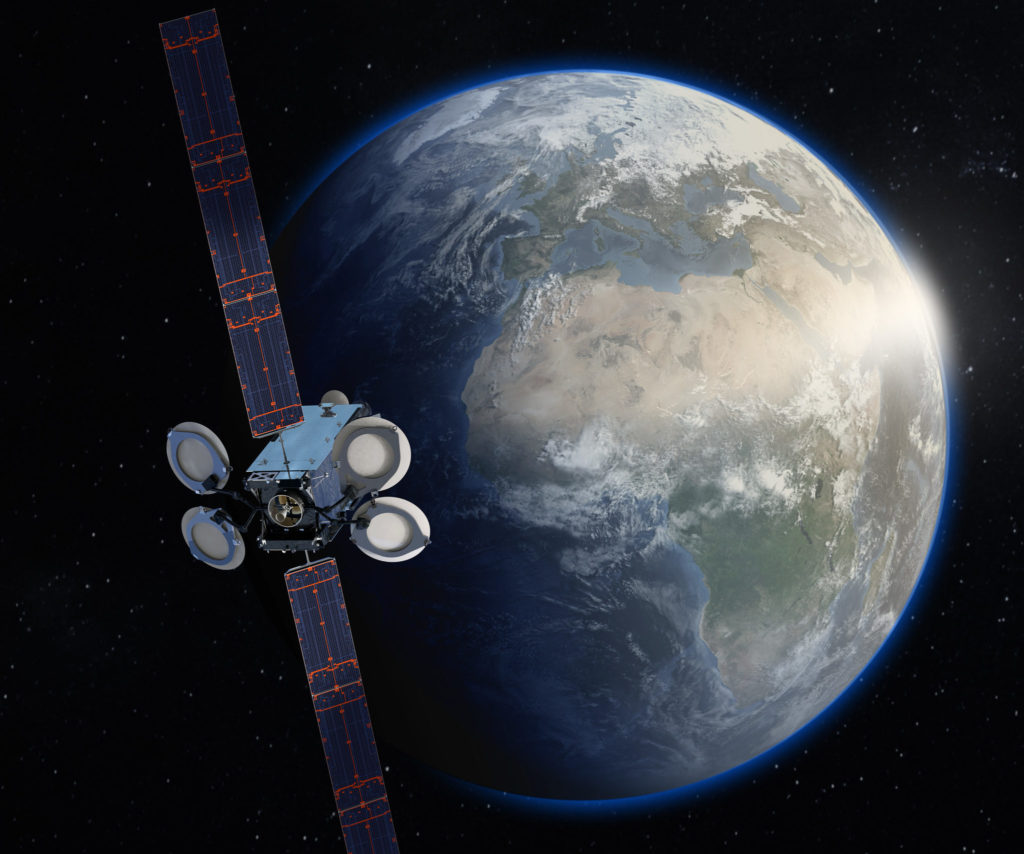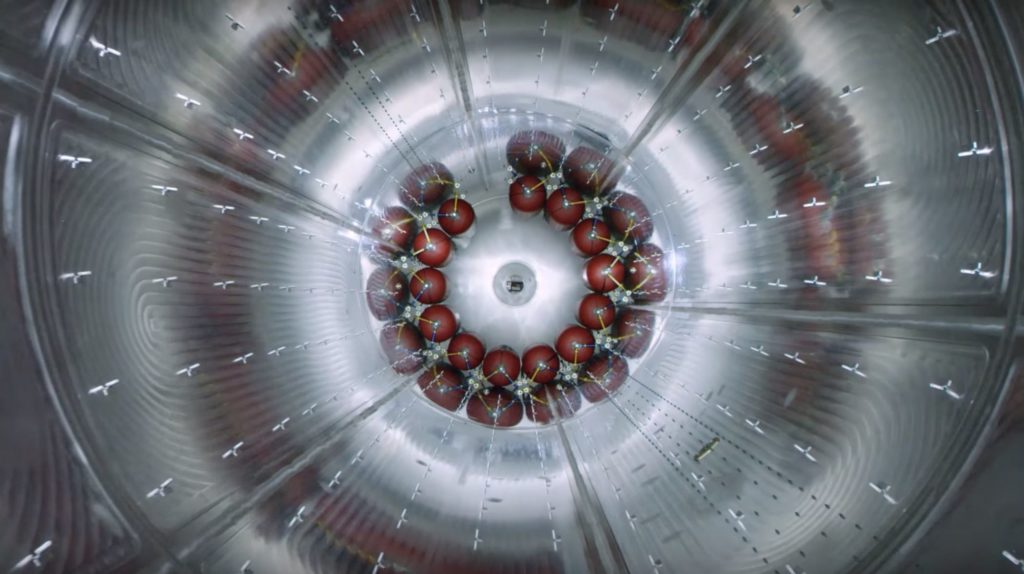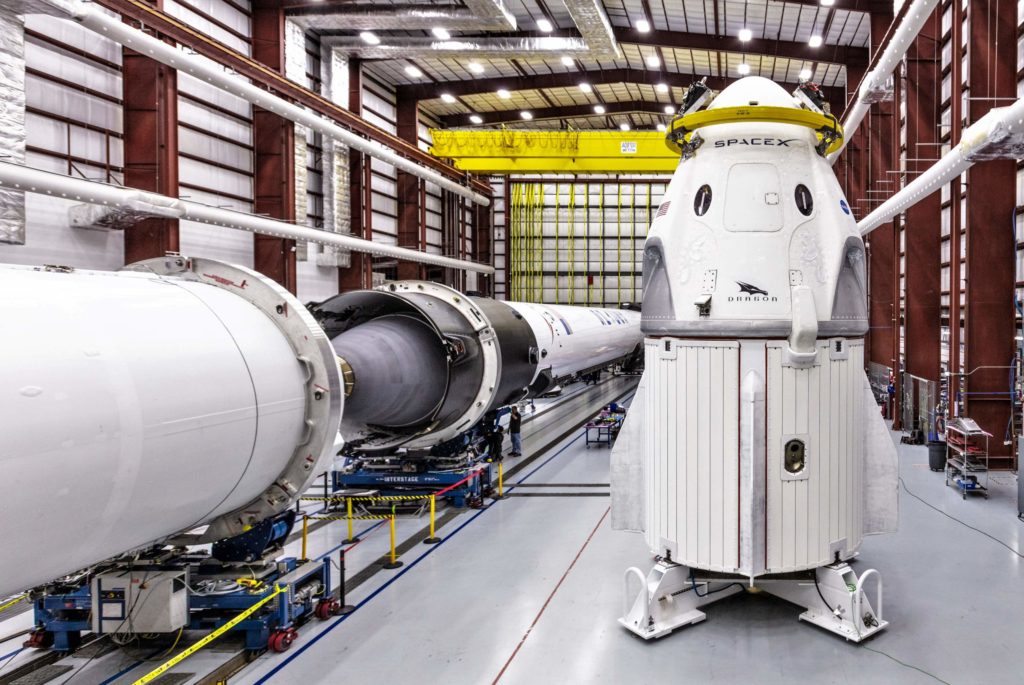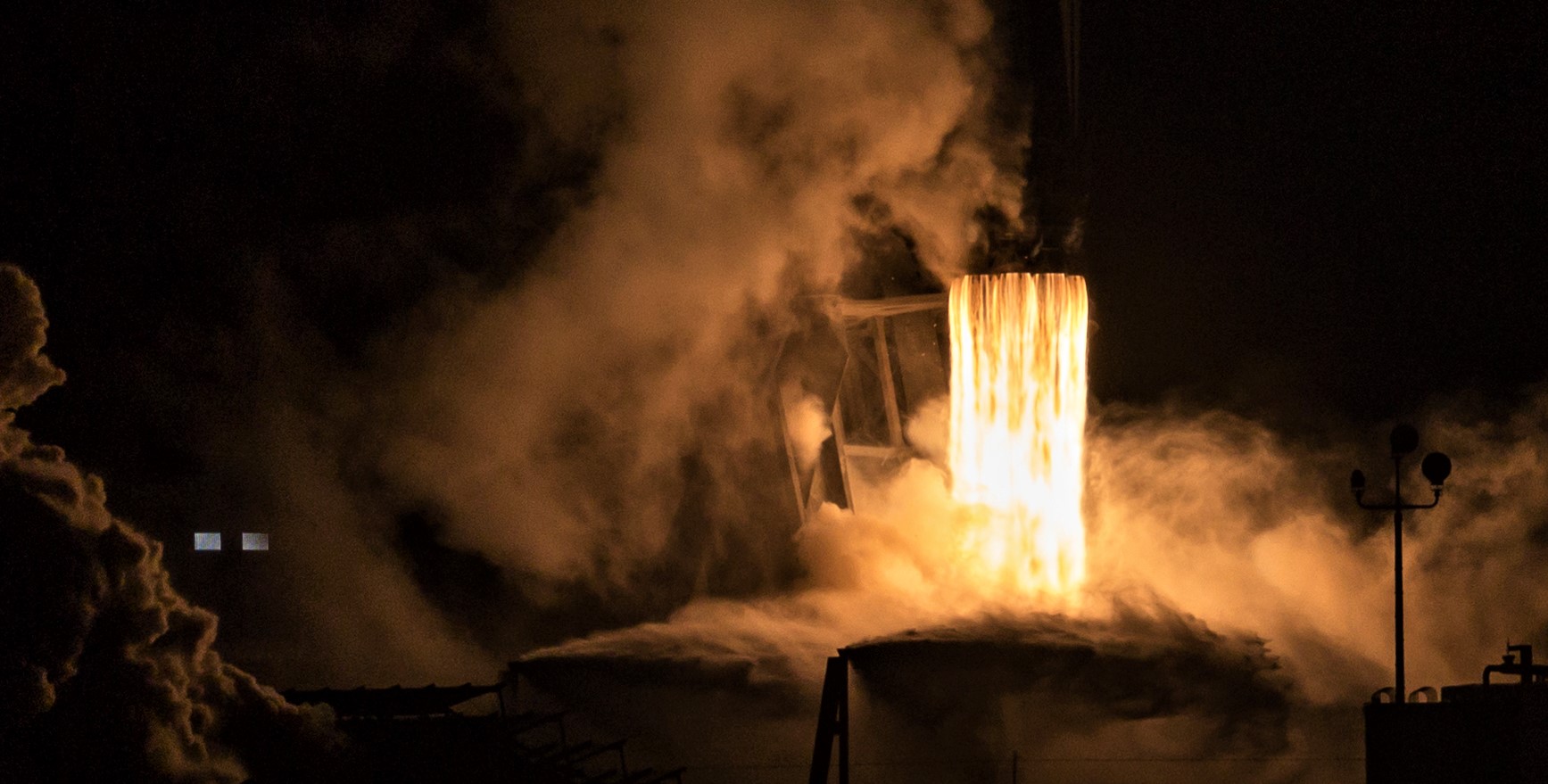
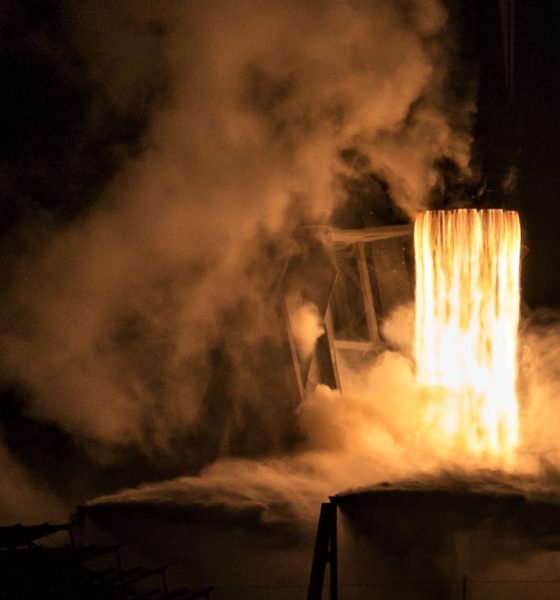
SpaceX
SpaceX to launch replacement satellite two years after fateful Falcon 9 failure
On September 1st, 2016, SpaceX’s Falcon 9 rocket suffered a catastrophic anomaly during a static fire test, causing an explosion that completely destroyed the vehicle, the launch pad, and Spacecom’s $200M Amos-6 satellite. This ultimately triggered a months-long investigation into what CEO Elon Musk described as “the most difficult and complex failure [SpaceX has] had in 14 years.”
More than two years and 41 successful consecutive launches later, SpaceX and Israeli satellite operator Spacecom are reportedly aiming to launch Amos-6’s replacement – Amos-17 – as early as the end of May, around three months from now.
Business in Brief: Spacecom says it will launch Amos 17 satellite within four months https://t.co/nkIFd7DzHJ
— Haaretz.com (@haaretzcom) February 25, 2019
Nearly two and a half years distant, the reverberations of SpaceX’s Amos-6 Falcon 9 failure continue to reverberate loudly. Aside from demanding changes to the operational procedures used to launch Falcon 9 and forcing an extensive critical analysis of design, production, and qualification methods, SpaceX has spent countless resources pursuing an extensive redesign of the component pointed at as the primary source of the explosion that destroyed Falcon 9. Known as composite overwrapped pressure vessels (COPVs), SpaceX uses the bottles to store extremely high-pressure helium (5000+ psi, 340+ bar) to pressurize Falcon 9’s RP-1 and oxygen tanks, as well as nitrogen to power its cold-gas maneuvering thrusters.
According to a failure analysis performed by SpaceX with NASA, the USAF, the NTSB, and the FAA, it was concluded that the cause could be traced back to a complex series of events centered around those helium COPVs. Meant to be the first mission to utilize subcooled propellant and oxidizer, the extreme cold in the upper stage LOx tank caused solid oxygen to form on the outside of the COPVs located inside it. While complex, the gist was that liquid (and perhaps solid) oxygen could have formed around the outside of the COPV, potentially finding its way in between the carbon fiber wrappings, creating a buckle in the fibers, and ultimately causing fibers to break. Near the end of this process, those breaking fibers could have created a spark or breached the helium tank, instantaneously overpressurizing the upper stage and causing an explosion.
NASA’s Aerospace Safety Advisory Panel (ASAP) and NASA itself have aired concerns about those COPVs since 2016, triggering an extraordinarily comprehensive program of testing, characterization, and redesign of the COPVs SpaceX uses. They have now successfully flown on 3-4 Falcon 9 launches under the same expedited propellant loading conditions that an identical rocket will undergo in preparation for Crew Dragon launches. CEO Elon Musk spent several minutes discussing the redesigned COPVs in a May 2018 press conference and did not mince words when he described them as “by far the most advanced pressure vessel[s] ever developed by humanity.”
“The amount of testing and research that’s gone into COPV safety is gigantic. This is by far the most advanced pressure vessel ever developed by humanity. It’s nuts. And I’ve personally gone over the test design, I’ve lost count how many times. But the top engineering minds at SpaceX have agonized over this. We’ve tested the living daylights out of it. We’ve been in deep, deep discussions with NASA about this. And I think we’re in a good situation.” – SpaceX CEO Elon Musk, May 2018
NASA and ASAP concerns have since been alleviated, culminating on February 22nd with an official announcement that NASA was ready for SpaceX to conduct the first uncrewed launch of its Crew Dragon spacecraft on March 2nd. It’s thus almost poetic that customer Spacecom chose the same week to announce a target date for the Falcon 9 launch of a satellite built to replace the destroyed Amos-6, known as Amos-17. Soon after the Amos-6 disaster, Spacecom settled on a free SpaceX launch contract for a future satellite instead of an immediate $50M payout. Procured for around $160M, SpaceX is reportedly targeting the launch of the Boeing-built satellite during the week of May 27th, likely from Launch Complex 40 (LC-40) – the same pad that suffered extensive damage during the September 2016 anomaly.
- Spacecom’s Boeing-built Amos-17 satellite. (Boeing)
- Falcon 9 shows off some of its COPVs in a tour of SpaceX’s Hawthorne factory. (SpaceX)
- An impressive view of Crew Dragon (DM-1), Falcon 9 B1051, and its upper stage. (SpaceX)
Since Amos-6, SpaceX’s record of reliability has been effectively spotless and now stands at an impressive 41 consecutive successful launches, including Falcon Heavy’s February 2018 debut. Aside from the sheer volume of launches SpaceX performed in a little over two years, the company has pushed full speed ahead towards its goal of routinely reusing Falcon 9 boosters. Less than 24 months after the first commercial reuse, SpaceX has landed Falcon 9 boosters 34 times and reused them 20 times, numbers that are only likely to grow in 2019.
Set to occur shortly after the planned launch debuts of Crew Dragon and Falcon Heavy (commercially), SpaceX will hopefully be able to place Amos-17 in a healthy orbit and thus effectively retire the Amos-6 saga before the second half of 2019.
Check out Teslarati’s newsletters for prompt updates, on-the-ground perspectives, and unique glimpses of SpaceX’s rocket launch and recovery processes!

Elon Musk
SpaceX maintains unbelievable Starship target despite Booster 18 incident
It appears that it will take more than an anomaly to stop SpaceX’s march towards Starship V3’s refinement.
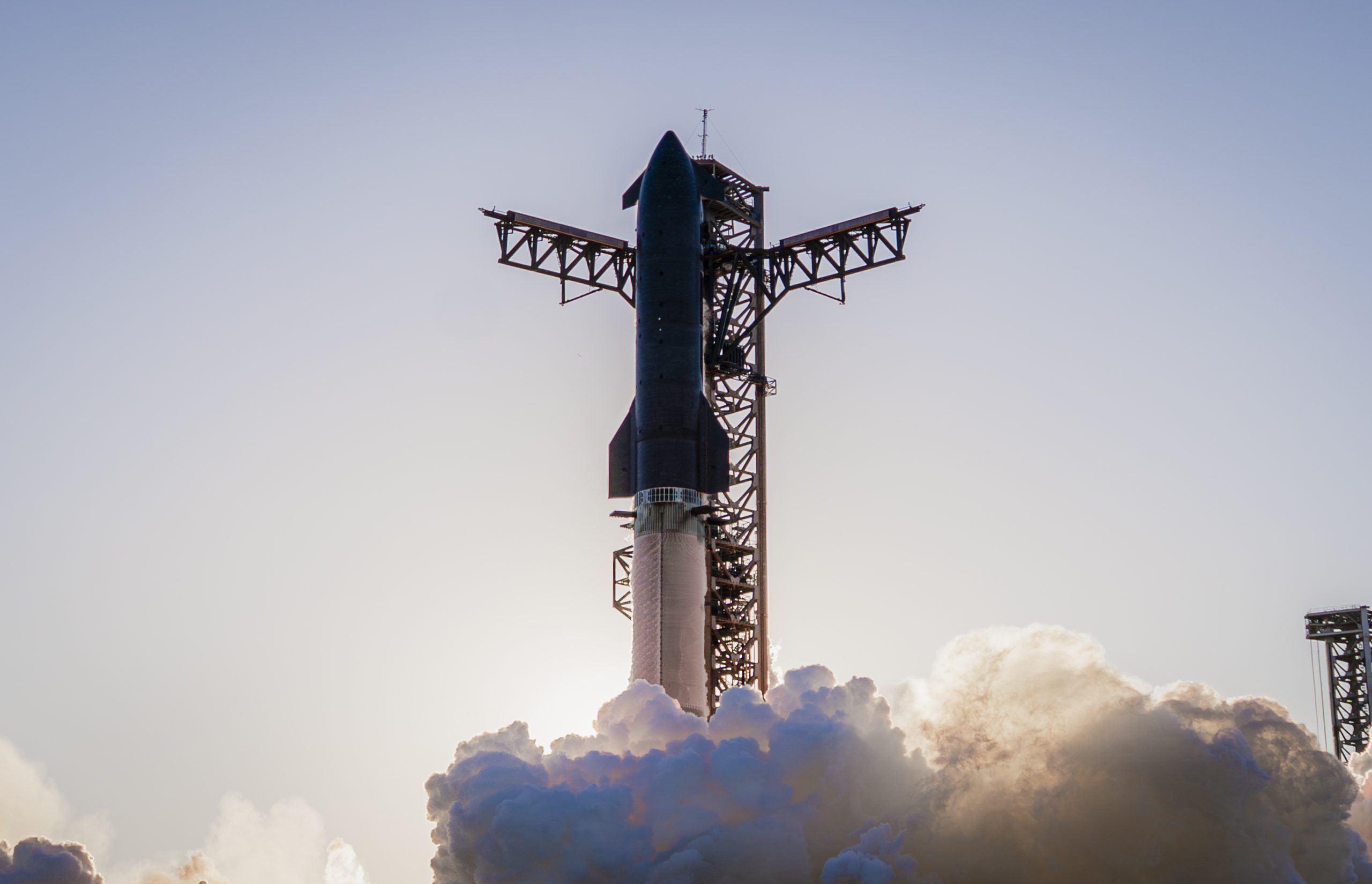
SpaceX recently shared an incredibly ambitious and bold update about Starship V3’s 12th test flight.
Despite the anomaly that damaged Booster 18, SpaceX maintained that it was still following its plans for the upgraded spacecraft and booster for the coming months. Needless to say, it appears that it will take more than an anomaly to stop SpaceX’s march towards Starship V3’s refinement.
Starship V3 is still on a rapid development path
SpaceX’s update was posted through the private space company’s official account on social media platform X. As per the company, “the Starbase team plans to have the next Super Heavy booster stacked in December, which puts it on pace with the test schedule planned for the first Starship V3 vehicle and associated ground systems.”
SpaceX then announced that Starship V3’s maiden flight is still expected to happen early next year. “Starship’s twelfth flight test remains targeted for the first quarter of 2026,” the company wrote in its post on X.
Elon Musk mentioned a similar timeline on X earlier this year. In the lead up to Starshp Flight 11, which proved flawless, Musk stated that “Starship V3 is a massive upgrade from the current V2 and should be through production and testing by end of year, with heavy flight activity next year.” Musk has also mentioned that Starship V3 should be good enough to use for initial Mars missions.
Booster 18 failure not slowing Starship V3’s schedule
SpaceX’s bold update came after Booster 18 experienced a major anomaly during gas system pressure testing at SpaceX’s Massey facility in Starbase, Texas. SpaceX confirmed in a post on X that no propellant was loaded, no engines were installed, and personnel were positioned at a safe distance when the booster’s lower section crumpled, resulting in no injuries.
Still, livestream footage showed significant damage around the liquid oxygen tank area of Booster 18, leading observers to speculate that the booster was a total loss. Booster 18 was among the earliest vehicles in the Starship V3 series, making the failure notable. Despite the setback, Starship V3’s development plans appear unchanged, with SpaceX pushing ahead of its Q1 2026 test flight target.
Elon Musk
SpaceX issues statement on Starship V3 Booster 18 anomaly
The incident unfolded during gas-system pressure testing at the company’s Massey facility in Starbase, Texas.

SpaceX has issued an initial statement about Starship Booster 18’s anomaly early Friday. The incident unfolded during gas-system pressure testing at the company’s Massey facility in Starbase, Texas.
SpaceX’s initial comment
As per SpaceX in a post on its official account on social media platform X, Booster 18 was undergoing gas system pressure tests when the anomaly happened. Despite the nature of the incident, the company emphasized that no propellant was loaded, no engines were installed, and personnel were kept at a safe distance from the booster, resulting in zero injuries.
“Booster 18 suffered an anomaly during gas system pressure testing that we were conducting in advance of structural proof testing. No propellant was on the vehicle, and engines were not yet installed. The teams need time to investigate before we are confident of the cause. No one was injured as we maintain a safe distance for personnel during this type of testing. The site remains clear and we are working plans to safely reenter the site,” SpaceX wrote in its post on X.
Incident and aftermath
Livestream footage from LabPadre showed Booster 18’s lower half crumpling around the liquid oxygen tank area at approximately 4:04 a.m. CT. Subsequent images posted by on-site observers revealed extensive deformation across the booster’s lower structure. Needless to say, spaceflight observers have noted that Booster 18 would likely be a complete loss due to its anomaly.
Booster 18 had rolled out only a day earlier and was one of the first vehicles in the Starship V3 program. The V3 series incorporates structural reinforcements and reliability upgrades intended to prepare Starship for rapid-reuse testing and eventual tower-catch operations. Elon Musk has been optimistic about Starship V3, previously noting on X that the spacecraft might be able to complete initial missions to Mars.
Elon Musk
SpaceX Starship Version 3 booster crumples in early testing
Photos of the incident’s aftermath suggest that Booster 18 will likely be retired.

SpaceX’s new Starship first-stage booster, Booster 18, suffered major damage early Friday during its first round of testing in Starbase, Texas, just one day after rolling out of the factory.
Based on videos of the incident, the lower section of the rocket booster appeared to crumple during a pressurization test. Photos of the incident’s aftermath suggest that Booster 18 will likely be retired.
Booster test failure
SpaceX began structural and propellant-system verification tests on Booster 18 Thursday night at the Massey’s Test Site, only a few miles from Starbase’s production facilities, as noted in an Ars Technica report. At 4:04 a.m. CT on Friday, a livestream from LabPadre Space captured the booster’s lower half experiencing a sudden destructive event around its liquid oxygen tank section. Post-incident images, shared on X by @StarshipGazer, showed notable deformation in the booster’s lower structure.
Neither SpaceX nor Elon Musk had commented as of Friday morning, but the vehicle’s condition suggests it is likely a complete loss. This is quite unfortunate, as Booster 18 is already part of the Starship V3 program, which includes design fixes and upgrades intended to improve reliability. While SpaceX maintains a rather rapid Starship production line in Starbase, Booster 18 was generally expected to validate the improvements implemented in the V3 program.
Tight deadlines
SpaceX needs Starship boosters and upper stages to begin demonstrating rapid reuse, tower catches, and early operational Starlink missions over the next two years. More critically, NASA’s Artemis program depends on an on-orbit refueling test in the second half of 2026, a requirement for the vehicle’s expected crewed lunar landing around 2028.
While SpaceX is known for diagnosing failures quickly and returning to testing at unmatched speed, losing the newest-generation booster at the very start of its campaign highlights the immense challenge involved in scaling Starship into a reliable, high-cadence launch system. SpaceX, however, is known for getting things done quickly, so it would not be a surprise if the company manages to figure out what happened to Booster 18 in the near future.

